Summary
- Ranger subclasses have improved over time, making the class more viable and powerful.
- Choosing the right subclass, such as Horizon Walker or Gloom Stalker, can greatly differ the flavor and flair of your character build.
- Each subclass offers unique benefits, like the Hunter’s high damage output and the Beast Master’s animal companion.
Rangers have had a rough time in Dungeons & Dragons, as they’re similar to a druid but without the same cool powers and fewer healing options. In the original Player’s Handbook, they were underpowered and underappreciated, a jack of all trades but master of none.
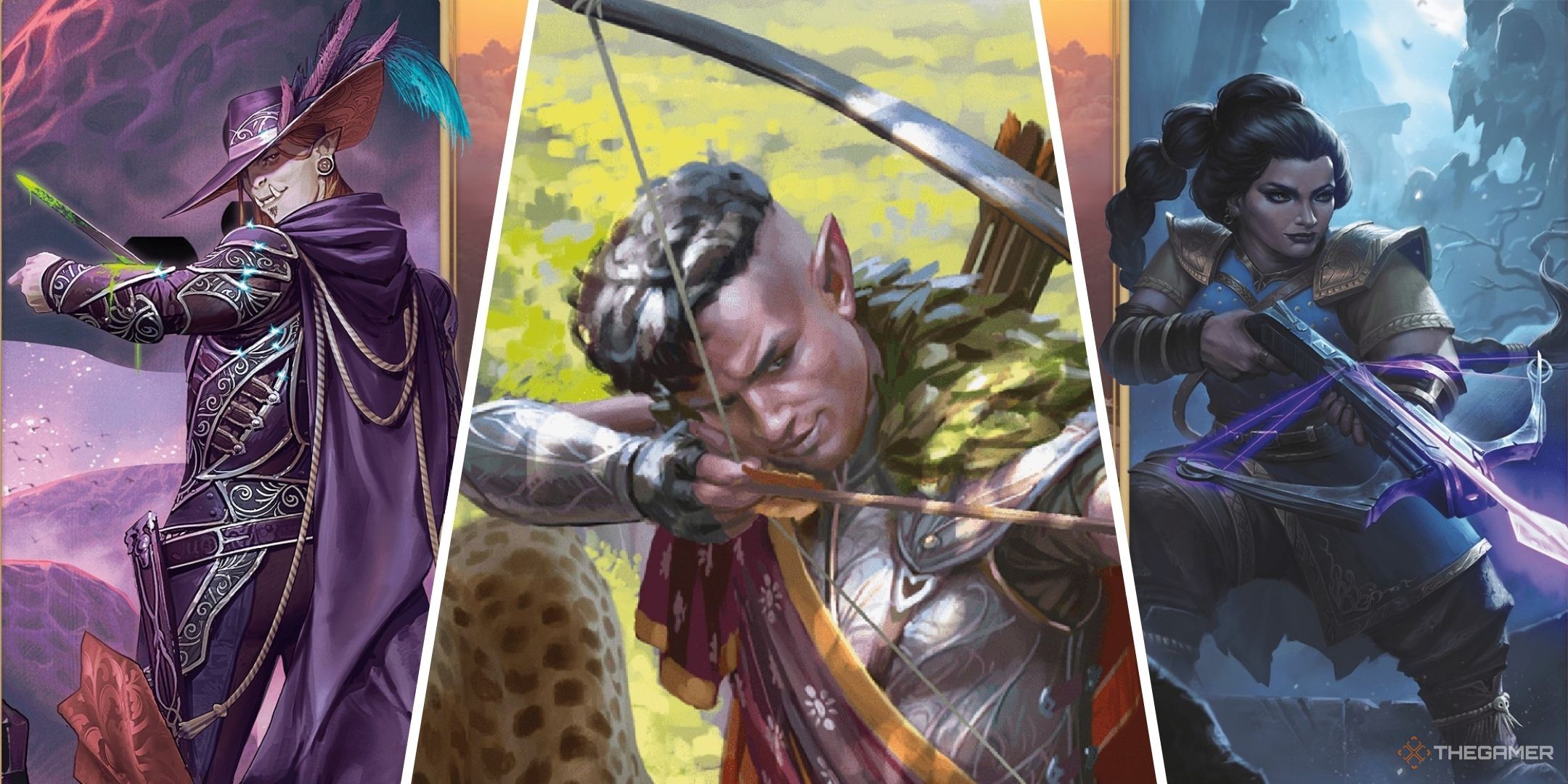
Related
Dungeons & Dragons: How To Build A Ranger
Rangers are often seen as one of the weakest classes in DnD, but there are ways to make them shine..
The further development of D&D and new subclasses have made the ranger a much more viable class, but you still have to choose your subclass wisely. There’s a Fighting Style that rangers can choose in addition to a number of Feats, Skills, and their ranger subclass. Read on to discover which ranger subclass is the best in 5E.
Updated January 12, 2025 by Jack Filsinger: With the release of the 2024 Player’s Handbook, some rules have changed for certain ranger subclasses. We’ve updated the Hunter, Beast Master, Fey Wanderer, and Gloom Stalker subclasses to reflect these changes.
8
Hunter
|
Source |
D&D Player’s Handbook |
|---|---|
|
Main Benefit |
High damage output and extra weapon skills. |
|
Fighting Styles |
Defense, Dueling |
|
Key Skill |
Hunter’s Prey |
The Hunter Archetype is pretty much the vanilla ranger and was one of the earliest subclasses. You still have some decent fighting options, plus it is highly customizable, with multiple options available at each level. At early levels, you’ll select between features like Colossus Slayer or Multiattack Defense, allowing you to flavor your ranger’s fighting abilities to your liking.
Customizability means that options are often situational or are only decent if you build your ranger a certain way. However, your higher-level abilities are much more straightforward and do pack a punch. For example, your level 11 ability (Superior Hunter’s Prey) allows you to deal damage to a different creature on the field of play if you attack an enemy that you have Hunter’s Marked.
7
Beast Master
|
Source |
D&D Player’s Handbook |
|---|---|
|
Main Benefit |
This subclass gets an animal companion. |
|
Fighting Styles |
Archery, Druidic Warrior |
|
Key Skill |
Ranger’s Companion |
The Beast Master subclass allows your ranger to summon a primal beast of their choosing from one of the following stat blocks. You can either select Beast of the Land, Beast of the Sea, or Beast of the Sky. The animal can assume any form you want, as long as it makes sense with the stat block chosen. This beast then acts during your turn and can perform several actions.
As you level up, your beast companion will as well. By the time you reach level 15, you’ll even be able to buff your animal friend with any spell you cast on yourself, allowing them the same effects. This can be immensely helpful in combat situations.
6
Fey Wanderer
|
Source |
Tasha’s Cauldron of Everything, 2024 D&D Player’s Handbook |
|---|---|
|
Main Benefit |
Access to several spells from the schools of Enchantment and Illusion. |
|
Fighting Styles |
Archery, Thrown Weapon Fighting, Druidic Warrior |
|
Key Skill |
Fey Wanderer Magic |
For those who want to play a ranger with a higher range of spellcasting options, consider the Fey Wanderer subclass. These kinds of rangers can do psychic damage with their weapons and can cast spells like Charm Person and Dimension Door.
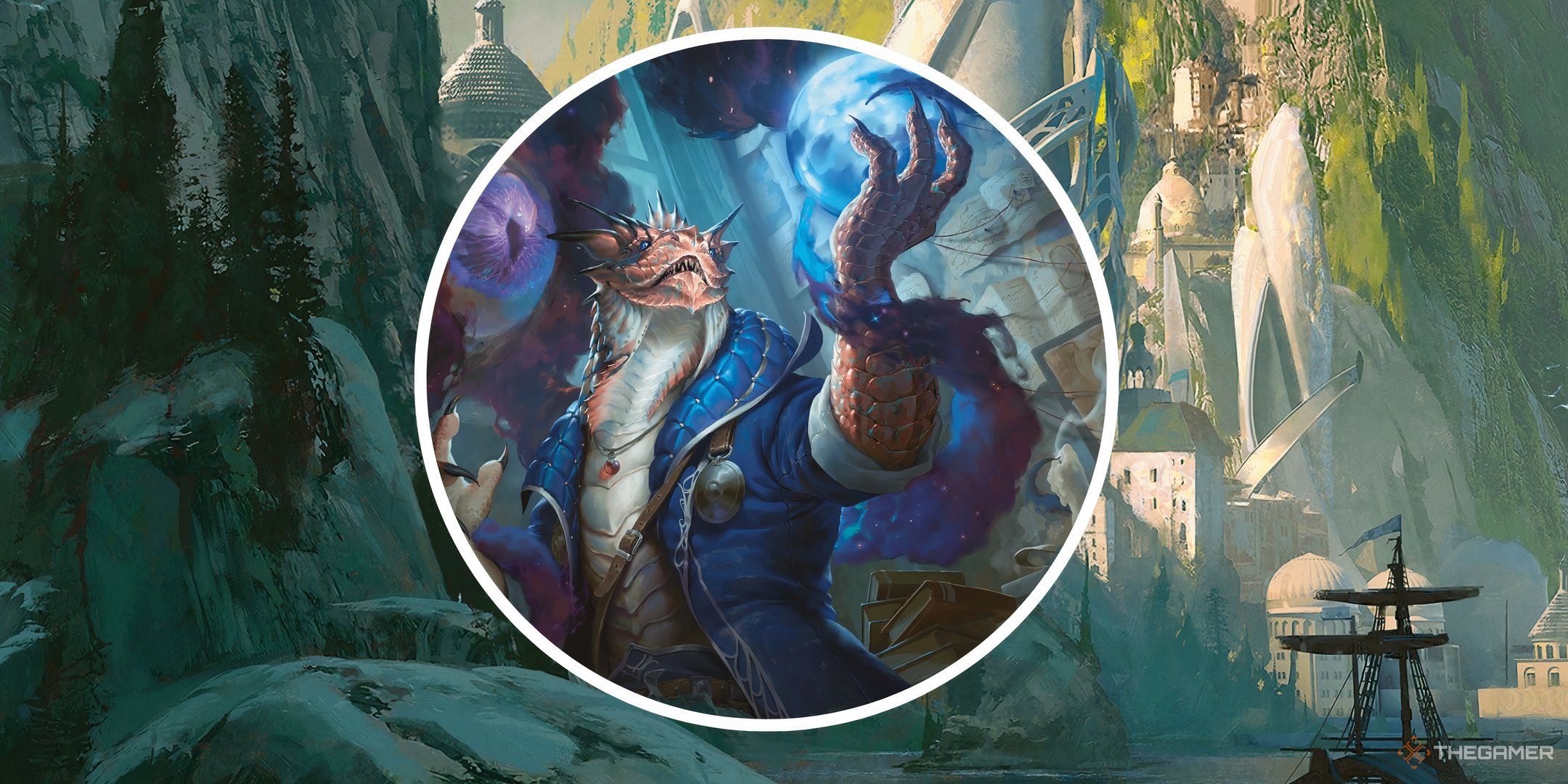
Related
Dungeons & Dragons: 10 Most Broken Spells
There are so many powerful spells in Dungeons & Dragons. But, which are the most broken? Here’s our list.
Your choices of Fighting Skills will vary widely depending on the nuances of your specific build, so if you’re ranger isn’t intended to be a ranged fighter, there are other choices that would suit your build. Druidic Warrior is one example if you’d like access to an even wider array of spells. In addition, as you level up, you’ll get access to fey creature abilities such as casting Misty Step and gaining advantage on saving throws to end the Charmed and Frightened conditions.
5
Drakewarden
|
Source |
Fizban’s Treasury Of Dragons |
|---|---|
|
Main Benefit |
One of the strongest Ranger pets available in D&D. |
|
Fighting Styles |
Defense |
|
Key Skill |
Drake Companion |
This is one of the few ranger builds that can take some serious damage and even lead the party into battle, and it’s the newest addition to the official list of D&D ranger subclasses. This is mostly due to the Drake pet connected with this ranger sublcass, a creature with bonuses to movement, an impressive AC, and immunities to any kind of draconic magic.
The Drakewarden also has a lot of unique melee abilities connected to their draconic leanings, and what they are specifically is determined by the kind of Drake you have as a companion. General skills for all rangers of this subclass include flight at level seven, provided the character is of a medium size or smaller.
4
Swarmkeeper
|
Source |
Tasha’s Cauldron of Everything |
|---|---|
|
Main Benefit |
The ability to summon intangible spirits of nature into an obedient swarm and cast some arcane spells. |
|
Fighting Styles |
Archery, Druidic Warrior |
|
Key Skill |
Gathered Swarm |
The advantages of being a ranger of the Swarmkeeper subclass might not be obvious at first. Although you might be thinking of insects, the swarm can literally be anything you want, and that includes fairies, raccoons, or any other critter your Dungeon Master permits. The spellcasting options are another interesting ability you get from this subclass, and if you want even more diverse magic-user options there’s the Druidic Warrior Fighting Style to consider.
3
Horizon Walker
|
Source |
Xanathar’s Guide to Everything |
|---|---|
|
Main Benefit |
Teleportation abilities for both combat and transportation. |
|
Fighting Styles |
Defense, Two-Weapon Fighting |
|
Key Skill |
Planar Warrior, Detect Portal |
From a purely strategic standpoint, Horizon Walker is similar to Gloom Stalker in terms of effectiveness. Honestly, you might consider Gloom Stalker and Horizon Walker on the same tier simply Horizon Walker can teleport. And teleporting is cool.
The Horizon Walker subclass gives you some useful spells, lets you jump into the Ethereal Plane for a turn, and gives you the ability to blink around the battlefield while making attack after attack against your enemies. If you have a decent AC, you can even reduce most of the damage you might take in a turn by using your reaction to give yourself resistance to an attack that gets through your armor. This subclass works best in a planar campaign, but it will still be plenty of fun anywhere.
2
Gloom Stalker
|
Source |
Xanathar’s Guide to Everything, 2024 D&D Player’s Handbook |
|---|---|
|
Main Benefit |
Darkvision, regardless of your race. |
|
Fighting Styles |
Blind Fighting, Two-Weapon Fighting |
|
Key Skill |
Dread Ambusher, Umbral Sight |
There are a number of subclasses that try to make classes into rogue equivalents, each more terrible than the last. Gloom Stalker breaks the trend by turning the ranger class into a pretty good option for sneaky players, so if you want a ranger and a rogue but not a multiclass, this is your ideal subclass.
Bonus saving throw proficiencies, free or improved Darkvision, and imposing disadvantage on enemies are all solid features of this subclass. The fact that other creatures with Darkvision cannot see you in the dark ties it all together. It makes you an absolute monster in caves and dungeons, especially with an all-Darkvision party that doesn’t need light sources.
1
Monster Slayer
|
Source |
Xanathar’s Guide to Everything |
|---|---|
|
Main Benefit |
Similar to the original Hunter build but with more spells and specialized abilities. |
|
Fighting Styles |
Defense, Blind Fighting |
|
Key Skill |
Hunter’s Sense, Slayer’s Prey |
Monster Slayer takes the vanilla ranger theme of the Hunter and makes everything better. It’s less customizable, but you get some extra spells, the ability to take an action to analyze your enemies’ strengths and weaknesses, and many abilities centered around a feature called Slayer’s Prey.
Slayer’s Prey grants extra damage that stacks with Hunter’s Mark, bonuses to saving throws and escaping grapples, and counterattacks that can result in automatic saves. You also get an ability that is basically a worse counterspell, which is still useful for a mostly martial character.
Combine all that with your preferred weapons, and you’ll see just why the Monster Slayer represents everything there’s to love about being a ranger.
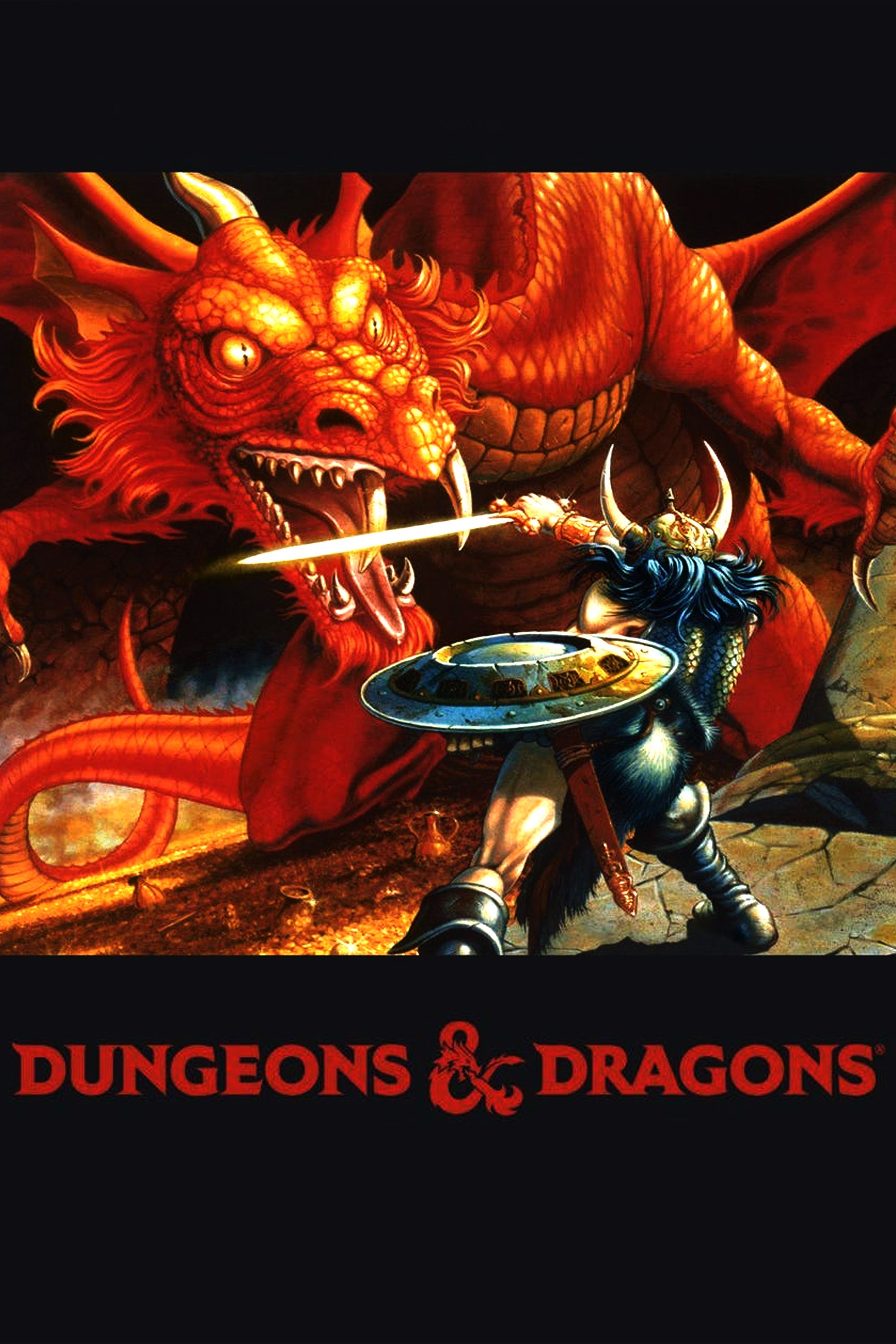
Dungeons and Dragons
- Original Release Date
-
1974-00-00
- Designer
-
E. Gary Gygax
, Dave Arneson - Player Count
-
2+
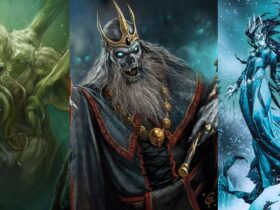
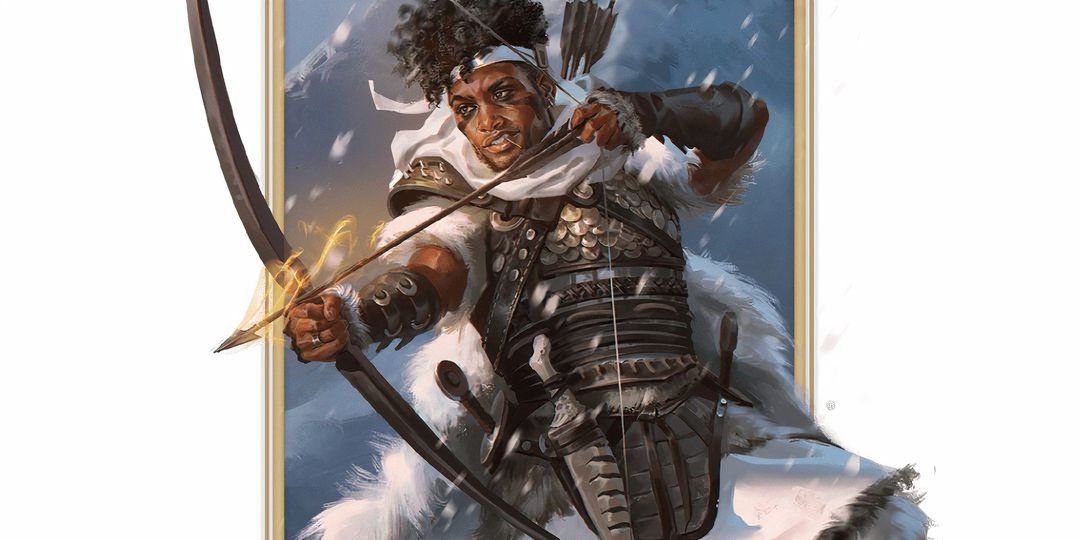
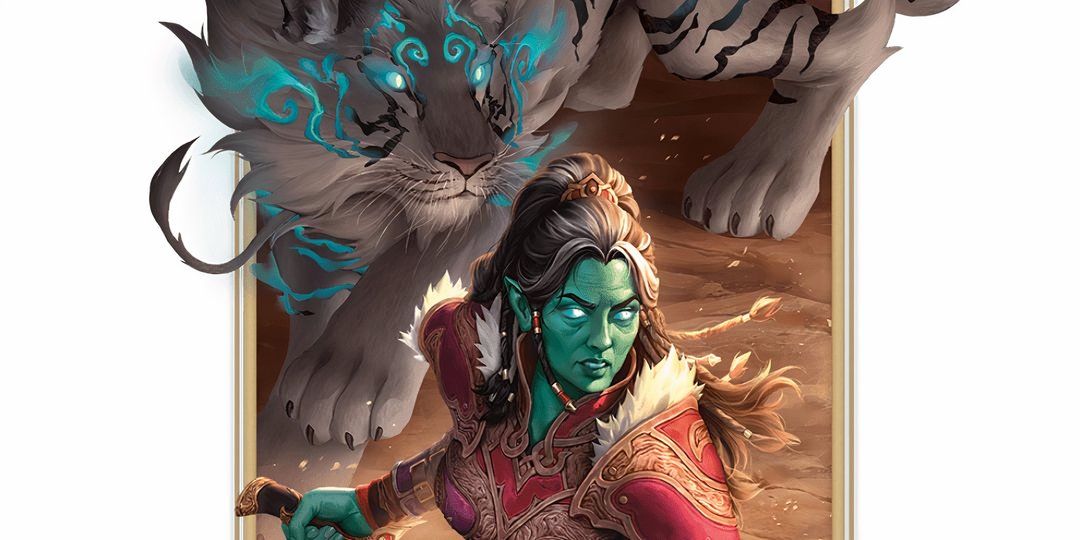
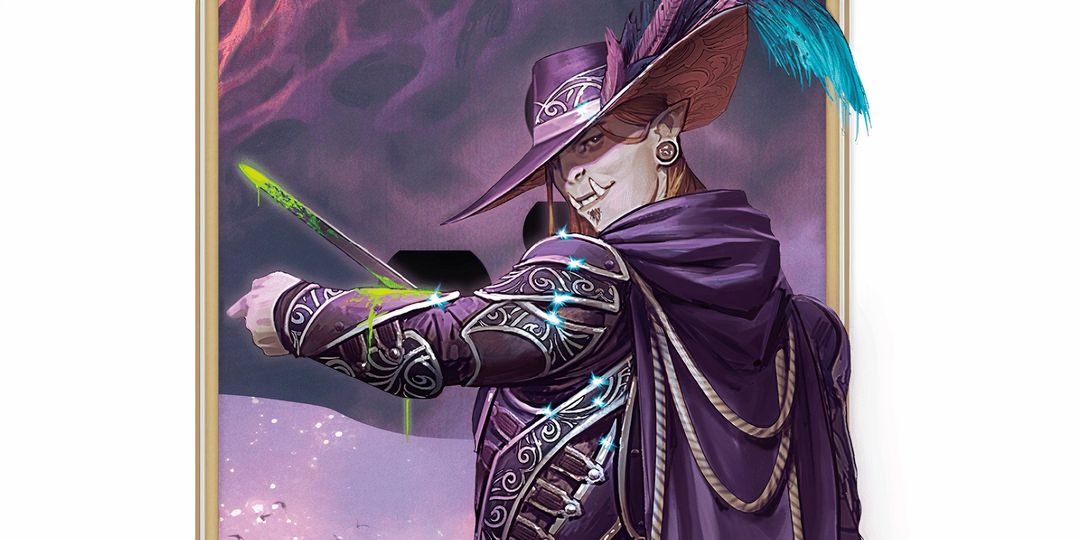
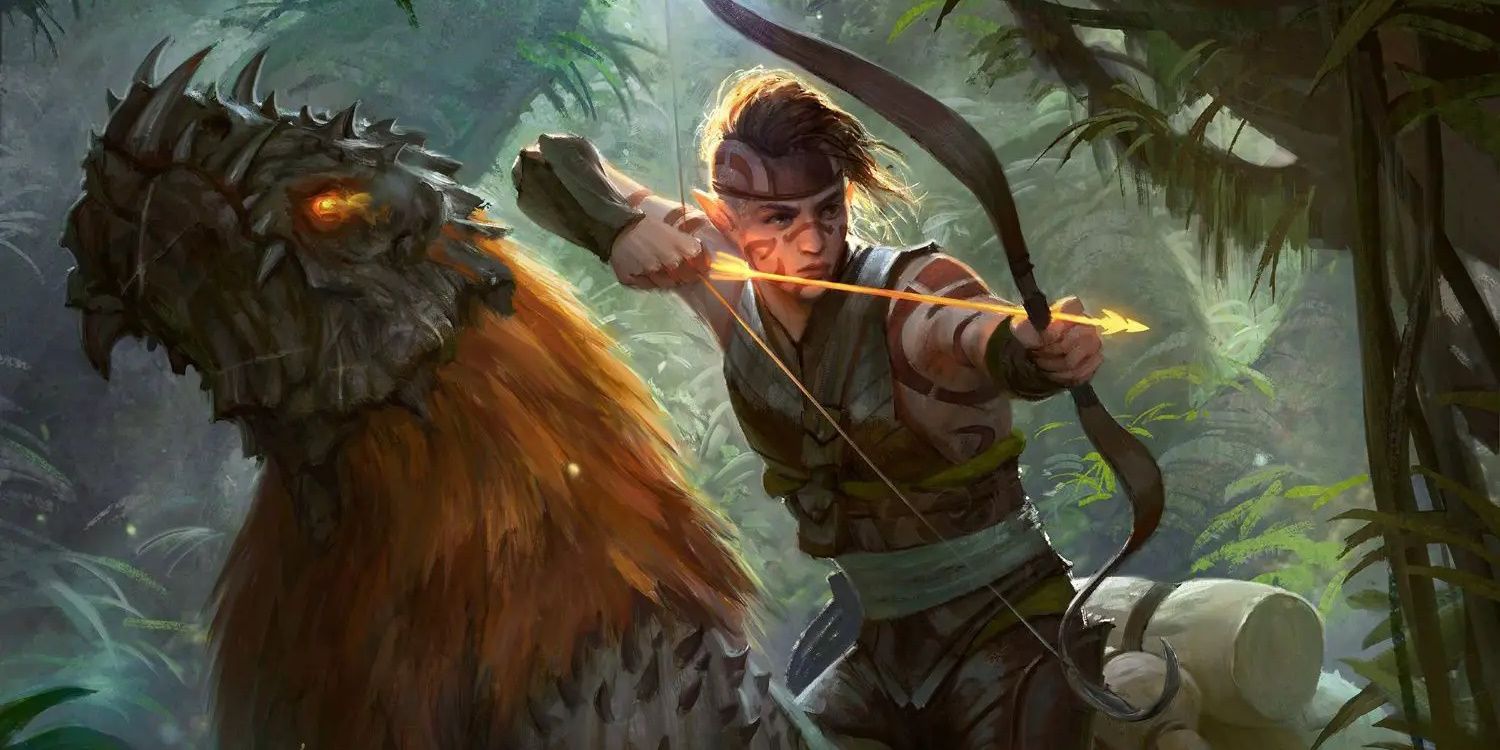
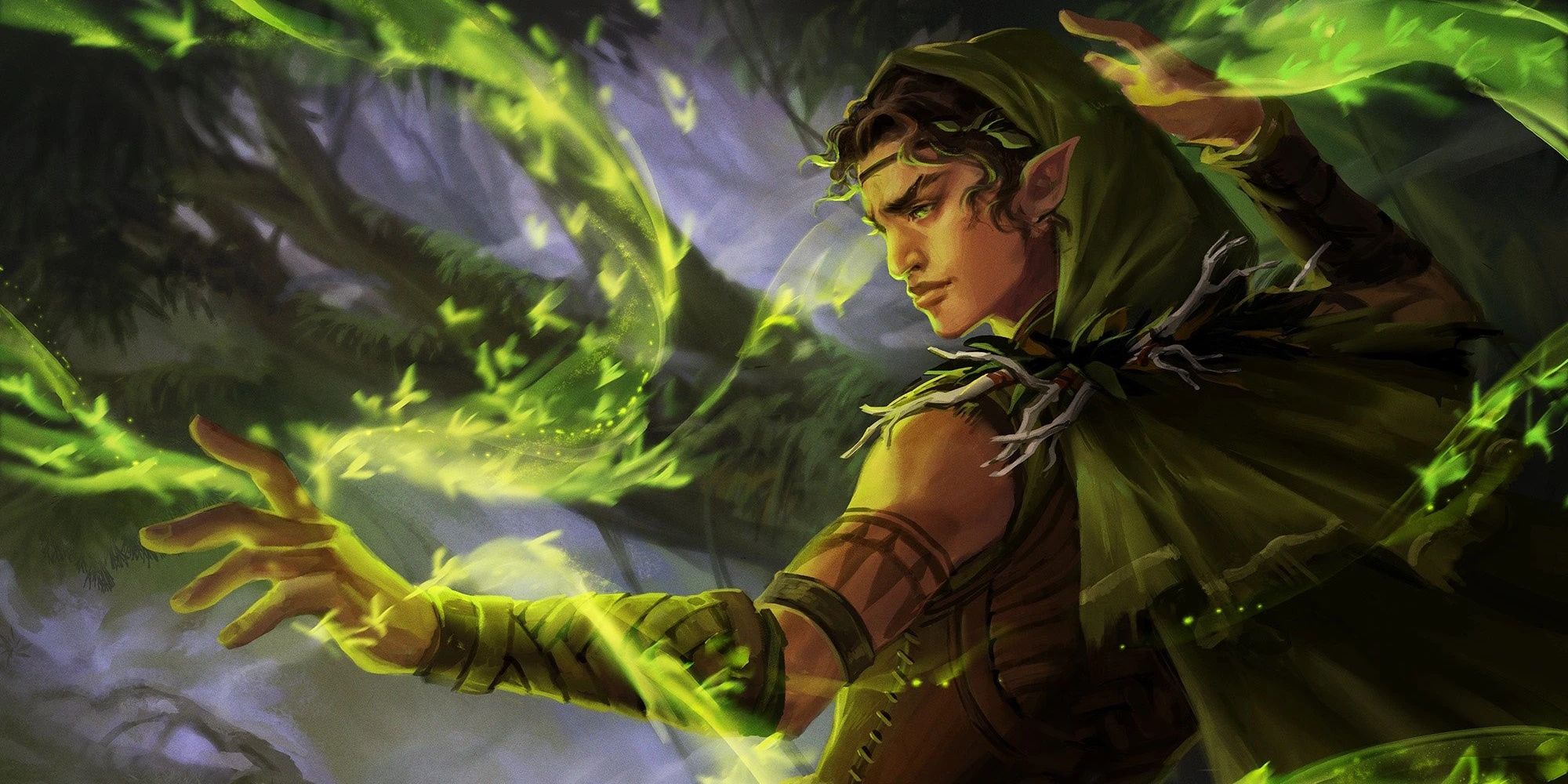
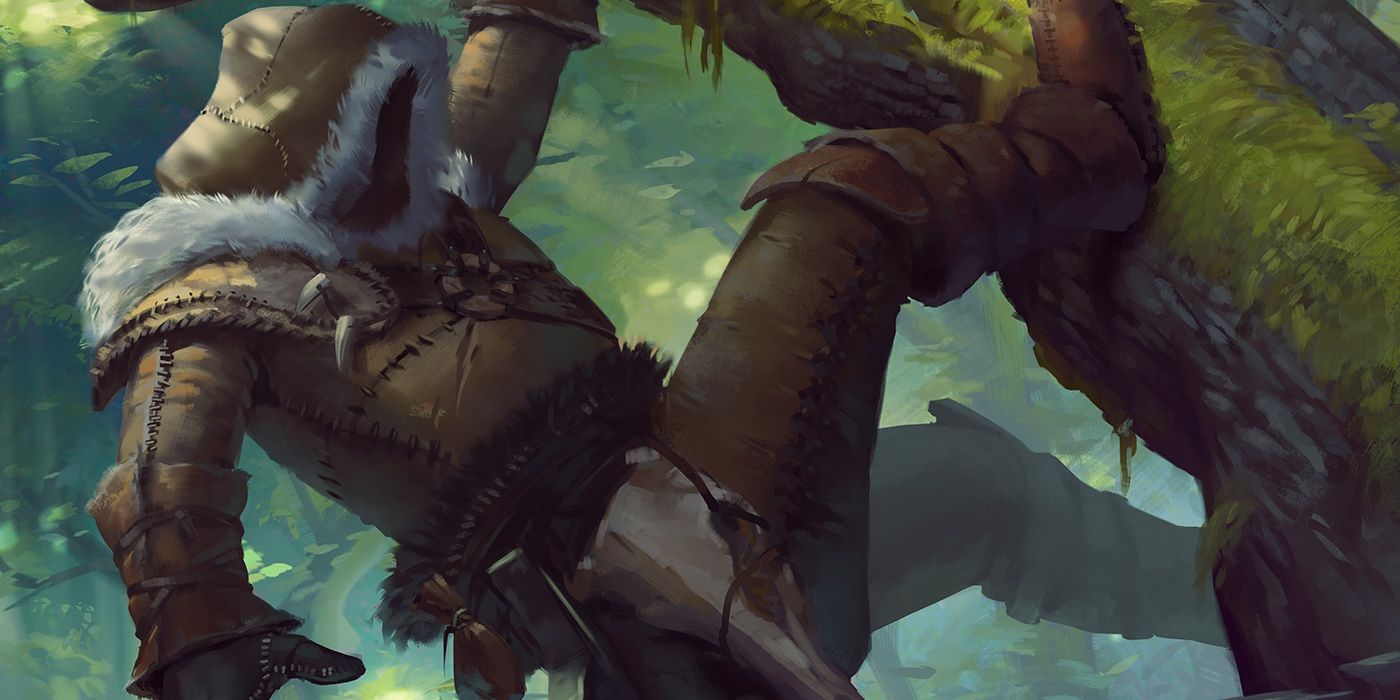
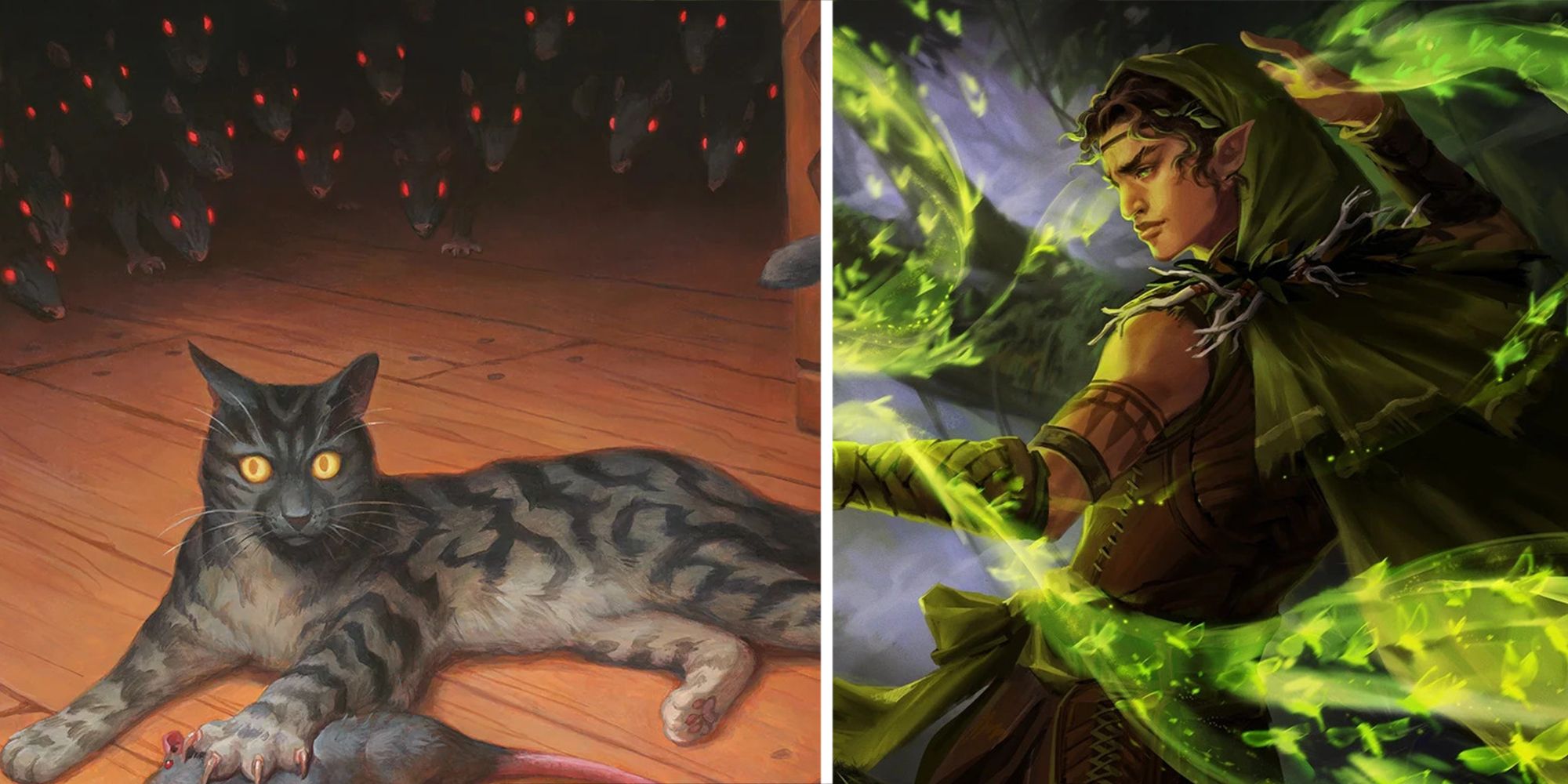
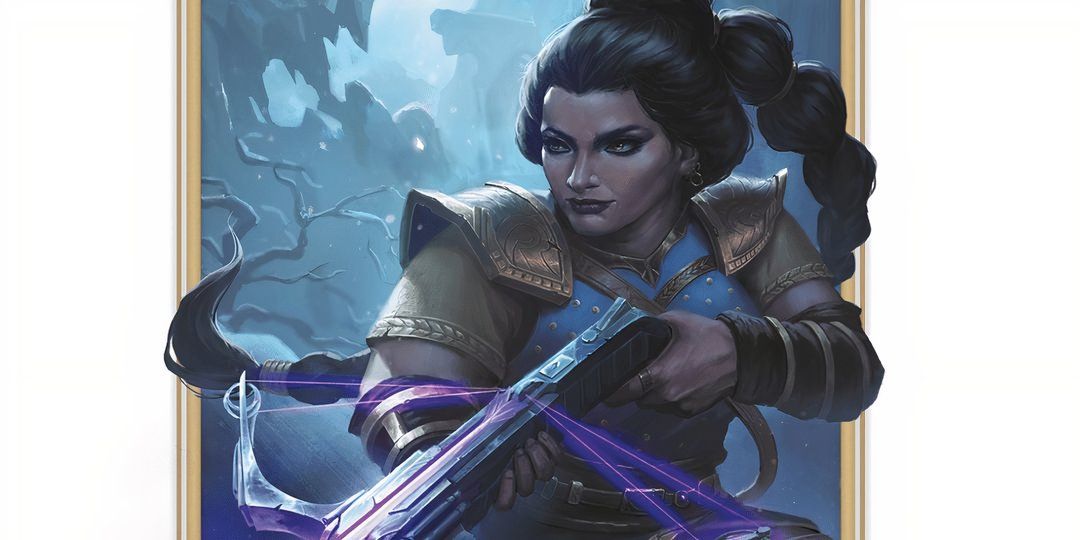
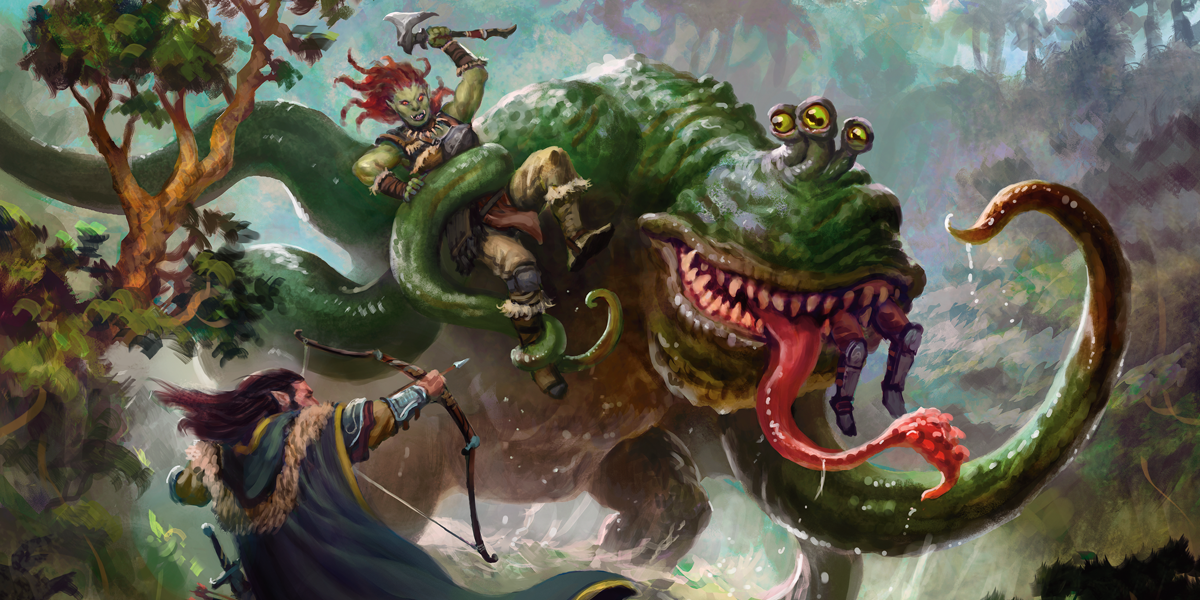


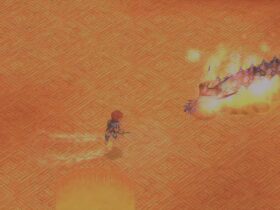


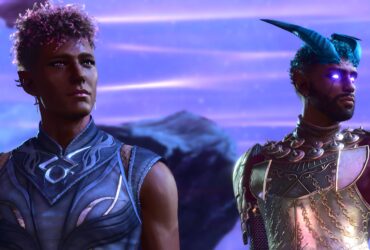
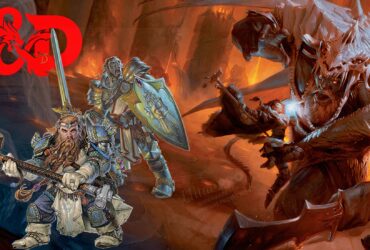
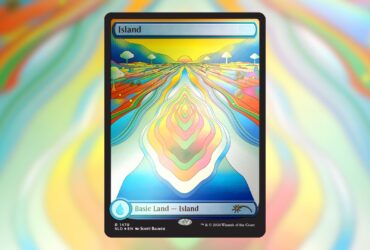
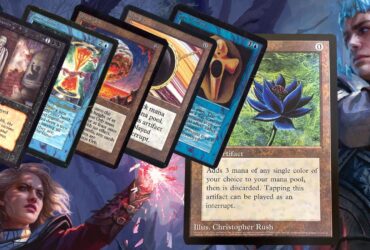
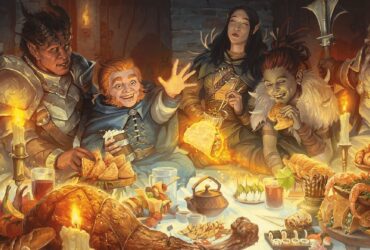
Leave a Reply